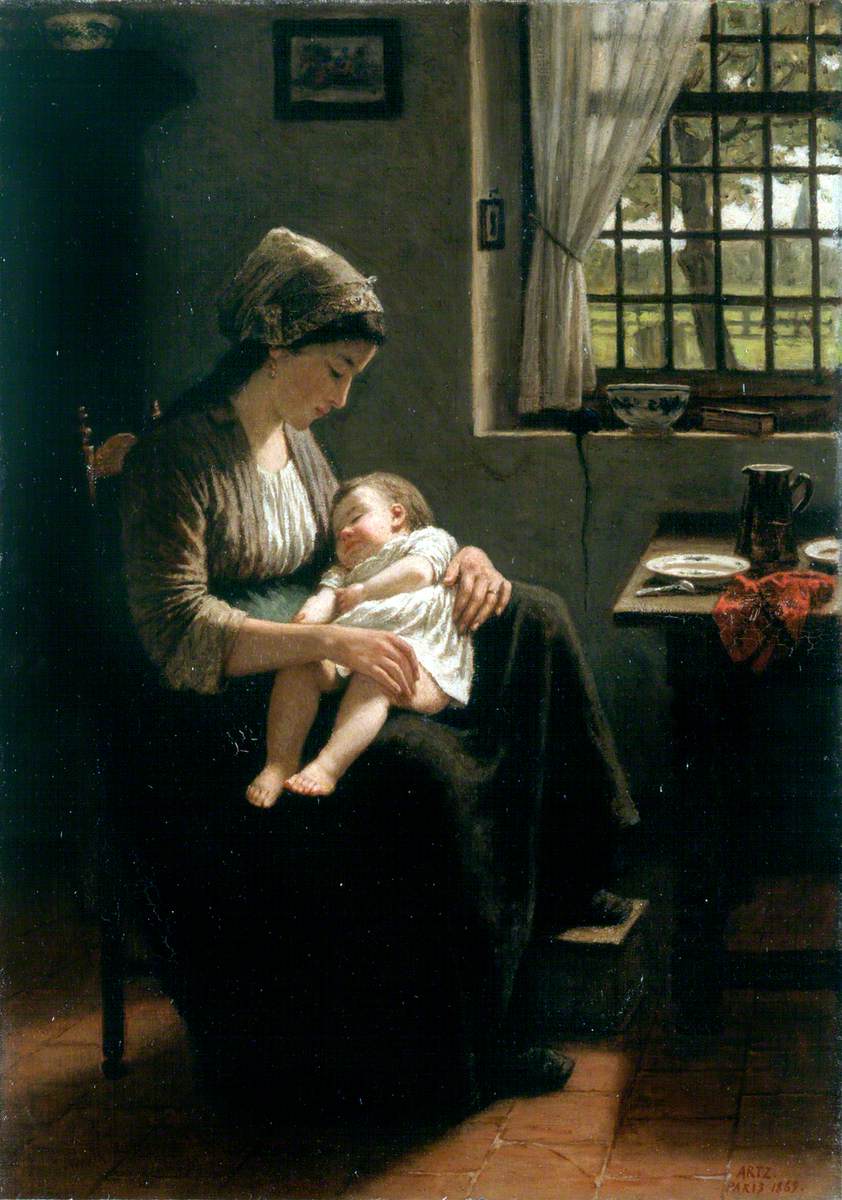Some of the common electro-technologies used in a neonatal care unit include:
- Incubators: These temperature-controlled units create a controlled environment to keep premature or sick infants warm and protected.
- Ventilators: Mechanical ventilators assist newborns with respiratory distress by delivering oxygen and helping them breathe.
- Monitors: These devices track vital signs such as heart rate, oxygen levels, blood pressure, and temperature to ensure the baby’s health and detect any abnormalities.
- Phototherapy Lights: Special lights are used to treat jaundice in newborns, helping to break down excess bilirubin in the blood.
- Intravenous Pumps: These pumps are used to deliver medications, fluids, and nutrients directly into the baby’s bloodstream.
- Feeding Tubes: For infants who are unable to feed orally, feeding tubes are used to deliver breast milk or formula directly into their stomach.
- Blood Gas Analyzers: These machines measure the levels of oxygen, carbon dioxide, and other gases in a baby’s blood to monitor respiratory status and acid-base balance.
- Infusion Pumps: Used to administer controlled amounts of fluids, medications, or nutrients to newborns.
- CPAP/BiPAP Machines: Continuous Positive Airway Pressure (CPAP) and Bi-level Positive Airway Pressure (BiPAP) machines help newborns with breathing difficulties by providing a continuous flow of air pressure.
- Neonatal Resuscitation Equipment: This includes equipment such as resuscitation bags, endotracheal tubes, laryngoscopes, and suction devices used during emergency situations to assist with newborn resuscitation.
It’s important to note that specific tools and equipment may vary depending on the level of neonatal care provided by the unit, the needs of the infants, and the policies of the healthcare facility.
Neonatal care, as a specialized field, has been shaped by the contributions of several pioneers in medicine. Here are a few notable figures who have made significant advancements in neonatal care:
- Dr. Virginia Apgar was an American obstetrical anesthesiologist who developed the Apgar score in 1952. The Apgar score is a quick assessment tool used to evaluate the overall health of newborns immediately after birth. It assesses the baby’s heart rate, respiratory effort, muscle tone, reflex irritability, and color, providing valuable information for prompt intervention and monitoring.
- Dr. Martin Couney, a pioneering physician, established incubator exhibits at world fairs and amusement parks in the early 20th century. He promoted the use of incubators to care for premature infants and played a significant role in popularizing the concept of neonatal intensive care.
- Dr. Virginia A. Apgar, an American pediatrician and neonatologist, made significant contributions to the field of neonatology. She specialized in the care of premature infants and conducted extensive research on neonatal resuscitation and newborn health. She also developed the Apgar scoring system, although unrelated to Dr. Virginia Apgar mentioned earlier.
- Dr. Lula O. Lubchenco was an influential researcher and neonatologist who made important contributions to the understanding of newborn growth and development. She developed the Lubchenco Growth Chart, which provides a standardized assessment of a newborn’s size and gestational age, aiding in the identification and monitoring of growth abnormalities.
- Dr. Mary Ellen Avery was a renowned American pediatrician and researcher whose work focused on understanding and treating respiratory distress syndrome (RDS) in premature infants. She identified the importance of surfactant deficiency in RDS and contributed to the development of surfactant replacement therapy, revolutionizing the care of preterm infants.
These individuals, among many others, have played pivotal roles in advancing the field of neonatal care, improving the understanding, diagnosis, treatment, and overall outcomes for newborn infants.
IEEE Education & Healthcare Facility Electrotechnology









